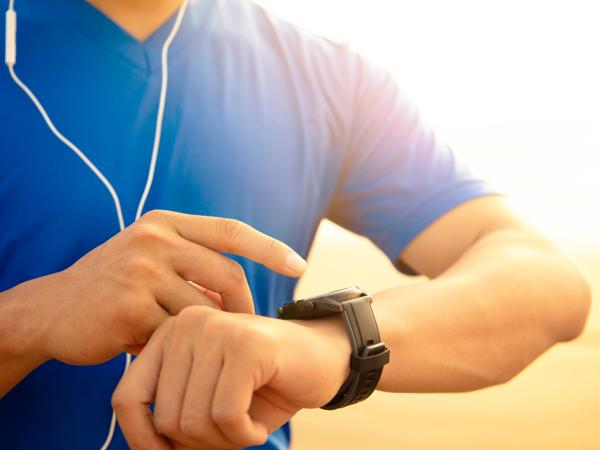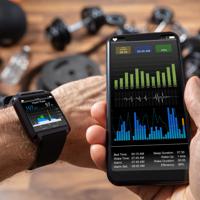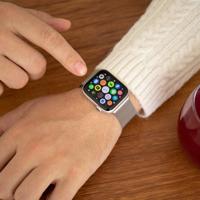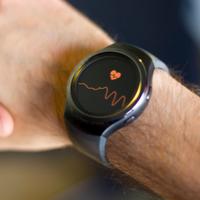Welcome to the smart era, where technology seamlessly integrates into our daily lives. At Tech Living, we embrace a "Smart Lifestyle with Technology." One exciting advancement that's making waves is the ECG (Electrocardiogram) feature on smartwatches. Let's dive into how you can make the most of this incredible tool.
Understanding ECG Features
Electrocardiogram, or ECG, is a feature in several smartwatches today. It offers insights into your heart's rhythm. Instead of heading to a hospital, you can now check your heart's activity by simply wearing a watch. However, it's not a complete replacement for medical professionals.
Smartwatches use electrodes built into their design. They record the electrical signals from your heart to identify irregular heart rhythms. It’s particularly useful for spotting atrial fibrillation (AFib), a condition that can lead to serious complications if untreated.
Setting Up ECG on Your Smart Watch
Getting started with ECG on your smartwatch is simple. Here’s what you generally need to do:
Ensure Compatibility: First, confirm that your smartwatch model supports ECG features. Brands like Apple, Samsung, and Fitbit have smartwatches equipped with this capability.
Install the Necessary Apps: Most brands have a dedicated health monitoring app. For instance, Apple Watches use the ECG app, and Samsung pairs with Samsung Health.
Calibrate the Device: Follow the manufacturer's steps to calibrate the ECG feature on your watch. This usually involves entering personal information like age, weight, and medical history.
Enable Permissions: Ensure you grant the necessary permissions. This lets the Automation Apps access your data accurately and allows you to receive detailed feedback.
Software Update: Regular software updates are crucial. They ensure your watch has the latest functionalities and bug fixes.
Recording an ECG
Once set up, recording an ECG is straightforward:
Comfort is Key: Find a relaxed setting. Sit still and rest your wrist on a table. For more information on creating a comfortable workspace, see our guide on Setting Up an Ergonomic Workspace.
Position Your Arm: Place your index finger on the digital crown (for Apple Watches) or the designated electrode on other brands.
Stay Still: Hold your position for about 30 seconds as the watch records. You'll often see a countdown timer on the screen.
Review Your Results: Once complete, the watch will display your results. You'll see a summary of your heart's rhythm.
For instance, the Apple Watch categorizes readings as sinus rhythm (normal) or signs of AFib. It may also notify you if the results are inconclusive.
Understanding Your Results
Your results can vary, and several readings might be necessary to get a trend. If you consistently receive AFib alerts or any irregularities, consult with a healthcare provider. It's essential not to self-diagnose.
Tips for Accurate ECG Readings
Achieving precise readings can be challenging. For example, understanding how pulse oximeters work is crucial for accurate measurements.
- Ensure Wrist Fit: Adjust the strap so the watch sits snugly on your wrist, but not too tight.
- Clean Contact Points: Make sure the contact points, like the digital crown, are clean and dry.
- Limit Movement: Movement can interfere with readings. Try to remain still during the process.
Respect the Limitations
While ECG on smartwatches is impressive, it's not foolproof. Factors like skin type, hair, and tattoos can affect accuracy.
Research Insight: A study published in the American Heart Journal highlighted that while wearable ECGs are accurate, they can occasionally miss arrhythmic events or produce false positives (Amer. Heart J., 2020). Thus, they're a supplement, not a replacement, for traditional medical ECGs.
Embrace the Potential
In conclusion, ECG features can promote better heart health awareness. They offer a non-invasive way to keep tabs on your heart rhythm. By incorporating them into your lifestyle, you gain valuable insights that empower you to seek professional advice when necessary.
Remember to approach this technology as a supportive tool rather than a diagnostic device. Embrace your smartwatch's technology, and enjoy the intelligent, mindful lifestyle it helps facilitate.



